-
 bitcoin
bitcoin $110311.910091 USD
1.97% -
 ethereum
ethereum $3964.172463 USD
0.34% -
 tether
tether $1.000288 USD
-0.05% -
 bnb
bnb $1098.563056 USD
-0.37% -
 xrp
xrp $2.479902 USD
4.31% -
 solana
solana $188.301025 USD
1.38% -
 usd-coin
usd-coin $0.999961 USD
0.01% -
 tron
tron $0.322477 USD
0.49% -
 dogecoin
dogecoin $0.199450 USD
2.51% -
 cardano
cardano $0.662393 USD
2.33% -
 hyperliquid
hyperliquid $37.947663 USD
1.71% -
 chainlink
chainlink $18.819081 USD
9.53% -
 ethena-usde
ethena-usde $0.999345 USD
-0.04% -
 stellar
stellar $0.323467 USD
2.06% -
 bitcoin-cash
bitcoin-cash $479.282126 USD
1.50%
Why is blockchain scalability an issue?
Blockchain scalability remains a challenge due to trade-offs between decentralization, security, and performance, limiting transaction speed and increasing fees during congestion.
Aug 09, 2025 at 10:57 pm
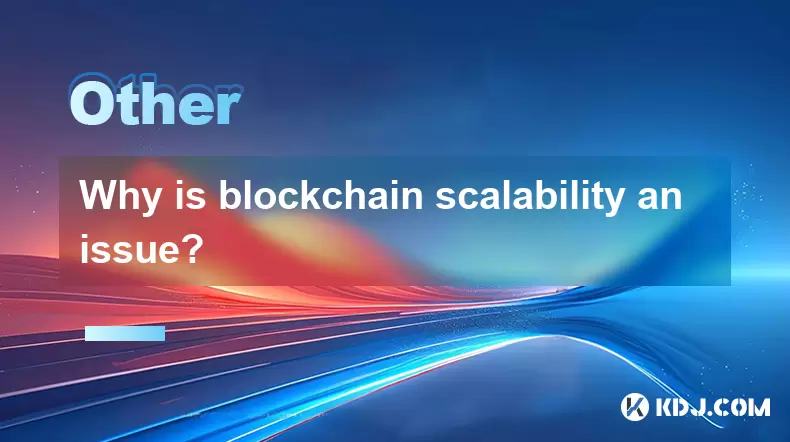
Understanding Blockchain Scalability
Blockchain scalability refers to a network's ability to handle an increasing number of transactions without compromising performance. As blockchains like Bitcoin and Ethereum grow in popularity, the volume of transactions they must process rises dramatically. However, many blockchains were not originally designed to support thousands of transactions per second (TPS), which creates bottlenecks. The core architecture of most decentralized ledgers limits how fast data can be validated and added to the chain. This constraint becomes apparent when network congestion occurs, leading to increased transaction fees and longer confirmation times.
Block Size and Block Time Limitations
One of the primary technical reasons blockchain scalability is problematic lies in the design of block size and block time. In Bitcoin, for example, each block is limited to 1 MB (increased slightly with SegWit), and a new block is generated approximately every 10 minutes. This means the network can only process a finite number of transactions per block. If more transactions are submitted than can fit, they queue up, waiting for the next available block. This backlog directly impacts user experience. Ethereum improved upon this with shorter block times (around 12–14 seconds) and a dynamic block size, but it still faces congestion during peak demand, such as during NFT mints or DeFi launches.
Decentralization vs. Performance Trade-Off
A fundamental challenge in blockchain scalability is the trade-off between decentralization and performance. To maintain decentralization, blockchains rely on a large number of nodes spread across the globe to validate and store transaction data. However, increasing throughput—such as by increasing block size or reducing block time—can make it harder for individual nodes to keep up. Larger blocks require more bandwidth and storage, which may exclude smaller participants from running full nodes. This centralizes control, as only well-resourced entities can afford the infrastructure. Thus, efforts to scale must balance speed with the principle of distributed consensus.
Consensus Mechanism Constraints
The consensus mechanism used by a blockchain significantly affects its scalability. Proof of Work (PoW), used by Bitcoin, is inherently slow because it requires miners to solve complex cryptographic puzzles. This process consumes significant computational power and time, limiting transaction throughput. While Proof of Stake (PoS), as implemented in Ethereum 2.0, reduces energy consumption and allows faster finality, it still faces challenges in achieving high TPS without compromising security or decentralization. Even in PoS systems, validators must communicate and agree on blocks, which introduces latency. Alternative consensus models like Delegated Proof of Stake (DPoS) or Byzantine Fault Tolerance (BFT) variants attempt to improve speed, but often at the cost of reduced node participation.
Layer 1 vs. Layer 2 Scaling Solutions
To address scalability, developers have introduced both Layer 1 and Layer 2 solutions. Layer 1 refers to changes made directly to the base blockchain protocol. Examples include sharding, where the database is split into smaller, manageable pieces (shards), each capable of processing its own transactions and smart contracts. Ethereum’s planned sharding upgrade aims to increase throughput by enabling parallel processing. Another Layer 1 approach is increasing block size, though this risks centralization.
Layer 2 solutions operate on top of the existing blockchain. These include:
- State channels, where users conduct multiple off-chain transactions and only settle the final state on-chain
- Rollups, which bundle numerous transactions off-chain and post a cryptographic proof to the main chain
- Sidechains, independent blockchains connected to the main chain via a two-way bridge
Optimistic Rollups and ZK-Rollups are prominent examples, with ZK-Rollups offering faster finality through zero-knowledge proofs. These solutions significantly reduce on-chain load, enabling higher throughput while inheriting the security of the underlying blockchain.
Network Congestion and User Experience
When a blockchain cannot scale effectively, users face real-world consequences. During periods of high demand—such as the CryptoKitties surge on Ethereum in 2017 or major NFT drops—network congestion causes transaction fees (gas fees) to spike. What might normally cost a few dollars can rise to tens or even hundreds of dollars. This makes small transactions economically unviable and discourages everyday use. Moreover, transaction confirmation delays can last minutes or even hours, undermining the utility of blockchain for time-sensitive applications like payments or gaming. These usability issues hinder mainstream adoption and expose the limitations of current infrastructure.
Security Implications of Scaling Attempts
Efforts to scale blockchains can introduce new security risks. For instance, reducing block time too much may increase the rate of orphaned blocks (valid blocks discarded because another block was accepted first), weakening network stability. Sharding, while promising, introduces complexity in cross-shard communication and increases the attack surface. If one shard is compromised, it could potentially affect the entire network. Similarly, Layer 2 solutions rely on the main chain for finality, but if the bridge between layers is poorly designed, it becomes a single point of failure. Several high-profile hacks have targeted cross-chain bridges, resulting in losses of hundreds of millions of dollars.
Frequently Asked Questions
What is the difference between scalability and throughput?Scalability refers to a blockchain’s ability to grow and handle increased demand over time, while throughput measures the actual number of transactions processed per second. A network may have high throughput under low load but lack scalability if it cannot maintain performance as usage grows.
Can increasing block size solve scalability permanently?No. While larger blocks allow more transactions per block, they also increase storage and bandwidth requirements for nodes. This can lead to centralization, as only powerful entities can run full nodes, undermining the decentralized nature of the blockchain.
Why can’t all blockchains use rollups for scaling?Rollups require smart contract capabilities and a secure base layer to post proofs. Blockchains like Bitcoin, which have limited scripting functionality, cannot natively support complex rollup systems without significant protocol upgrades.
How do sharding and rollups differ in approach?Sharding splits the blockchain into parallel chains (shards) that process transactions independently, enhancing on-chain capacity. Rollups process transactions off-chain and submit compressed data to the main chain, reducing on-chain load without altering the base structure.
Disclaimer:info@kdj.com
The information provided is not trading advice. kdj.com does not assume any responsibility for any investments made based on the information provided in this article. Cryptocurrencies are highly volatile and it is highly recommended that you invest with caution after thorough research!
If you believe that the content used on this website infringes your copyright, please contact us immediately (info@kdj.com) and we will delete it promptly.
- Crypto Coins: Ethereum, Solana, and the Rise of AI in 2025
- 2025-10-21 08:45:16
- TRON's Stablecoin Empire: Cross-Chain Expansion and Blockchain Innovations
- 2025-10-21 08:45:16
- Shiba Inu, AlphaPepe, Presale: The Meme Coin Evolution
- 2025-10-21 08:50:01
- Dogecoin, Whales, and Bullish Alternatives: What's the Deal?
- 2025-10-21 08:50:01
- Shohei Ohtani, World Series, and Baseball Fever: A Los Angeles Love Affair
- 2025-10-21 08:50:01
- Ethena's Expansion: New Products and Team Growth on the Horizon
- 2025-10-21 08:50:12
Related knowledge
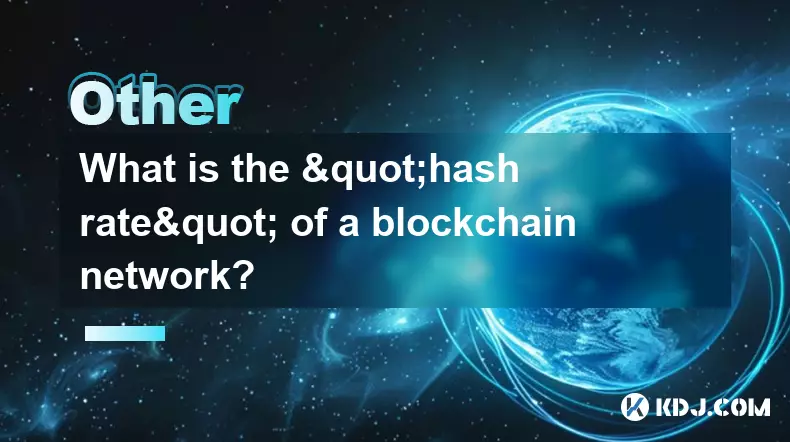
What is the "hash rate" of a blockchain network?
Oct 10,2025 at 03:55pm
Understanding Hash Rate in Blockchain Networks1. The hash rate refers to the total computational power being used to process transactions and mine new...
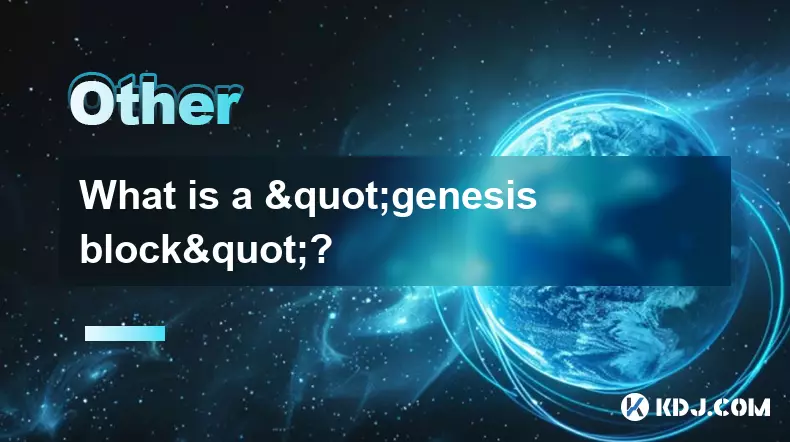
What is a "genesis block"?
Oct 15,2025 at 07:55pm
Understanding the Genesis Block in CryptocurrencyThe genesis block is the very first block in a blockchain network. It serves as the foundation upon w...
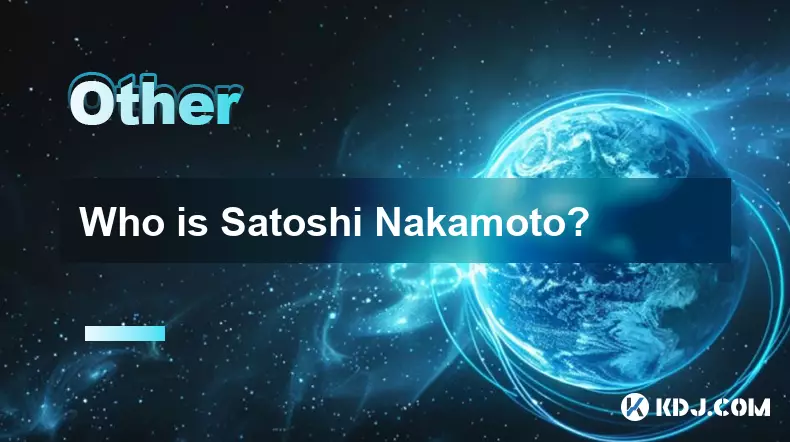
Who is Satoshi Nakamoto?
Oct 15,2025 at 01:01pm
Who is Satoshi Nakamoto?1. Satoshi Nakamoto is the pseudonymous individual or group credited with creating Bitcoin, the first decentralized cryptocurr...
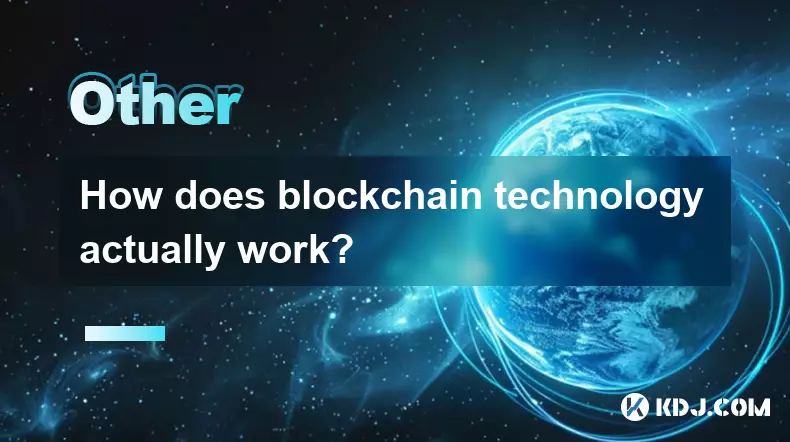
How does blockchain technology actually work?
Oct 11,2025 at 02:36pm
Understanding the Core Mechanism of Blockchain1. At its foundation, blockchain is a decentralized digital ledger that records transactions across mult...

What is a token economy?
Sep 20,2025 at 12:18am
Understanding the Foundations of a Token Economy1. A token economy in the context of cryptocurrency refers to a system where digital tokens are used a...
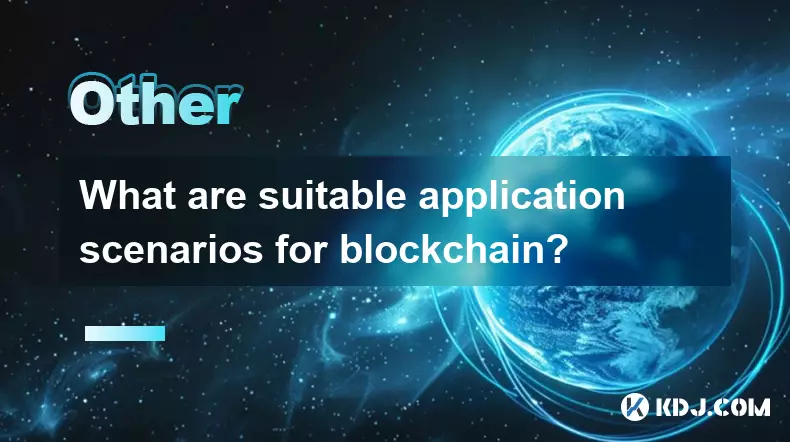
What are suitable application scenarios for blockchain?
Sep 20,2025 at 03:19am
Decentralized Finance (DeFi) Platforms1. Blockchain enables the creation of financial services without centralized intermediaries, allowing users to l...

What is the "hash rate" of a blockchain network?
Oct 10,2025 at 03:55pm
Understanding Hash Rate in Blockchain Networks1. The hash rate refers to the total computational power being used to process transactions and mine new...

What is a "genesis block"?
Oct 15,2025 at 07:55pm
Understanding the Genesis Block in CryptocurrencyThe genesis block is the very first block in a blockchain network. It serves as the foundation upon w...

Who is Satoshi Nakamoto?
Oct 15,2025 at 01:01pm
Who is Satoshi Nakamoto?1. Satoshi Nakamoto is the pseudonymous individual or group credited with creating Bitcoin, the first decentralized cryptocurr...

How does blockchain technology actually work?
Oct 11,2025 at 02:36pm
Understanding the Core Mechanism of Blockchain1. At its foundation, blockchain is a decentralized digital ledger that records transactions across mult...

What is a token economy?
Sep 20,2025 at 12:18am
Understanding the Foundations of a Token Economy1. A token economy in the context of cryptocurrency refers to a system where digital tokens are used a...

What are suitable application scenarios for blockchain?
Sep 20,2025 at 03:19am
Decentralized Finance (DeFi) Platforms1. Blockchain enables the creation of financial services without centralized intermediaries, allowing users to l...
See all articles










































































